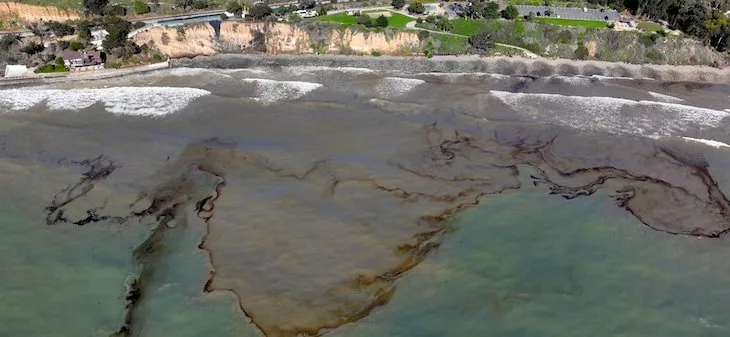By Katie Davis

24/7 Clean Energy
With many California energy programs aiming for 100% renewable energy by 2030 or sooner, fascinating experiments and innovations are afoot.
Locally, Central Coast Community Energy which serves Santa Barbara County, recently contracted for energy from a first-ever compressed air storage project being built by Canadian company Hydrostor in Kern County. Compressed air will be stored in underground caverns and then released when needed to spin turbines and create energy. It provides an alternative to lithium-ion battery storage to balance intermittent wind and solar energy.
“We need a diverse fleet of resources. This new technology is a critical component of that,” said Robert Shaw, chief operating officer at CCCE. “That’s how we get to 100% renewables.”
Another community choice organization, Peninsula Clean Energy serving San Mateo County, recently became the first to set a target of 24/7 carbon-free energy by 2025. This is harder than achieving 100% carbon-free energy on an annual basis because it means procuring renewable energy at all times of the day and night, even in periods of peak demand and low supply.
Remarkably, PCE’s modeling shows that procuring enough clean energy to supply its customers 99% of the hours of the year by 2025 is expected to cost only 2% more than its baseline energy-procurement plans. They have made their model available so other providers, such as those serving Santa Barbara and Ventura counties, can also experiment with it.
Oil Permits Up, Regulator Out
We scored a victory last year with the passage of a state law mandating a 3,200-foot health and safety buffer zone from homes and schools. But oil and gas interests immediately began fighting back.
First, they paid to gather enough signatures to qualify for a ballot measure, a stalling tactic that forces the law to be put on hold until the next general election.
Then, they started ramming through drilling permits like they found a free vending machine and were pounding the buttons. State regulators should have intervened, but instead they helped the oil industry. In the latest development, State Oil & Gas Supervisor Uduak-Joe Ntuk has been relieved of his job against the backdrop of a 745% uptick in new oil drilling permits issued in the fourth quarter of 2022.
Ntuk heads the CA Geologic Energy Management Division that has been passing out these new permits at a rapid clip. Nearly half of these approvals (at least 100) allow producers to drill new wells within the state-mandated health and safety buffer.
It matters who runs these state agencies. We urge the governor to ensure the next appointee weighs public health more highly.
History of Oil, Recent Leaks
On Jan. 6, a 1½- to 2-mile sheen of oil was visible off of Summerland beach, prompting the Coast Guard to search for the cause. That proved elusive. The oil, it concluded, could have been from a natural seep or an old oil well, many of which were never properly abandoned.
Summerland beach was the site of an early 20th century oil boom. First developed in the 1890s, the Summerland Oil Field was the location of the world's first offshore oil wells, drilled from piers in 1896 and left unplugged. Only recently has the state begun plugging some of these old, leaky wells.
In a separate incident nearby, an oil slick contaminated Toro Canyon Creek on Jan. 1. That turned out to be from an 1882 Occidental Oil Company operation, according to the County. The EPA retrofitted the site in the 1990’s, but it reportedly sustained damage during the Thomas fire, and the County needs to fix the facility.
Gas Stoves and Health
A recent study found that 12.7% of childhood asthma in the US is attributable to gas stove use. While the health risks of gas stoves have been known for decades, there has been little attention paid to indoor air pollution standards and safeguards.
Now that the health impacts are being more widely reported and better alternatives exist in the form of induction cooktops, the gas industry is in full damage-control mode, helping to foment a conservative freak-out that the government was coming for your stove.
While no one is coming to take away existing gas stoves, cities and states are moving to stop building out new gas infrastructure and make new homes all-electric, saving people money and improving public health.
The City of Santa Barbara and Ventura County have updated their building codes to be all electric, with some exceptions, and the County of Santa Barbara, Goleta and Carpinteria are expected to follow suit. As for that gas stove, you might, like me, voluntarily choose to replace it with induction. It’s an easier and more precise way to cook, and it’s safer, cleaner and generally delightful.
Plus, the federal government is rolling out rebates for electric retrofits, including for stoves, water and space heating.